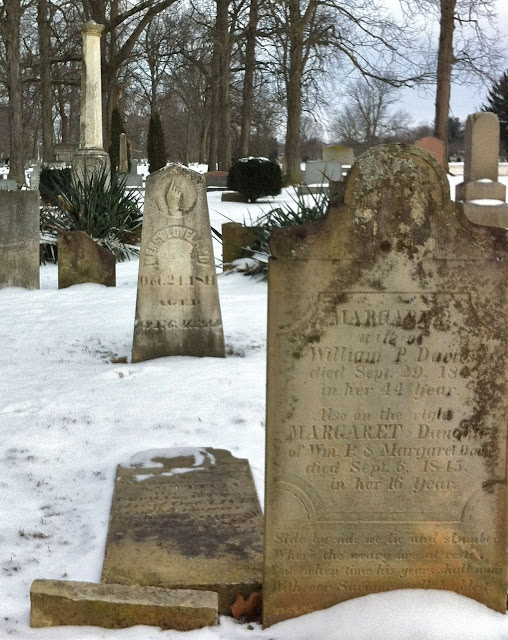But its epitaph is one I have not seen before. Read it and you will understand why I think of this the “rainbow gravestone.”
Ira Son Of Emness,
And Elizabeth Sali
sbury. Died. June 6
AD 1845, Aged 8 Years.
8 Mo
O what is life tis like the bow
That glisten in the sky
We love to see its colors glow
But while we look they die
Life fails as soon to day tis hear
To morrow it may disappear
The epitaph is from a poem by English poet Jane Taylor (b. 1783, d. 1824), who is perhaps most famous for having written the verse we know today as “Twinkle, Twinkle, Little Star.”
Here is the “rainbow” poem as it appeared in Meditations for the Sick by Jonathan Cole, published by James Munroe and Company in 1837:
Chester Baptist Cemetery, Morrow County, Ohio






















































